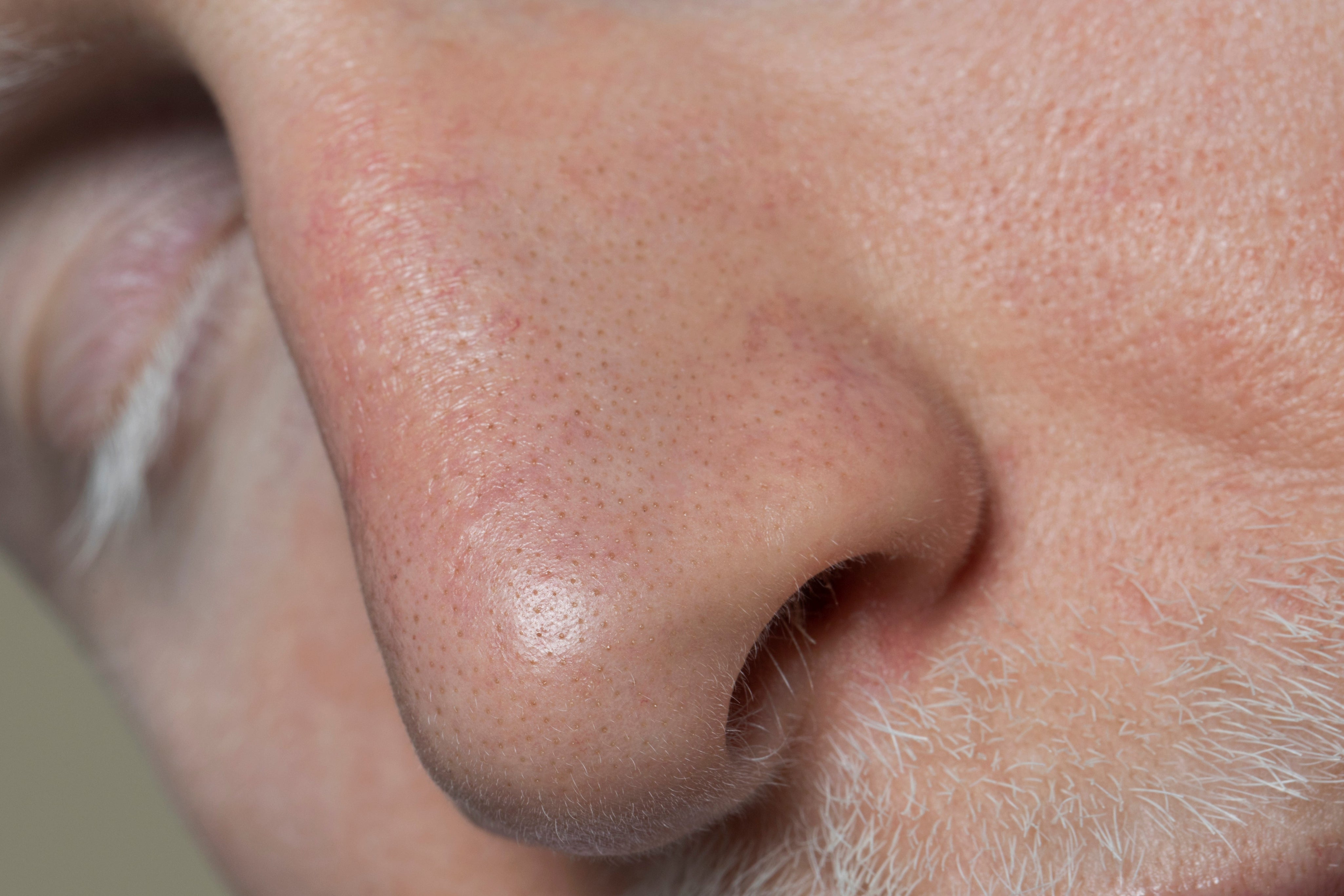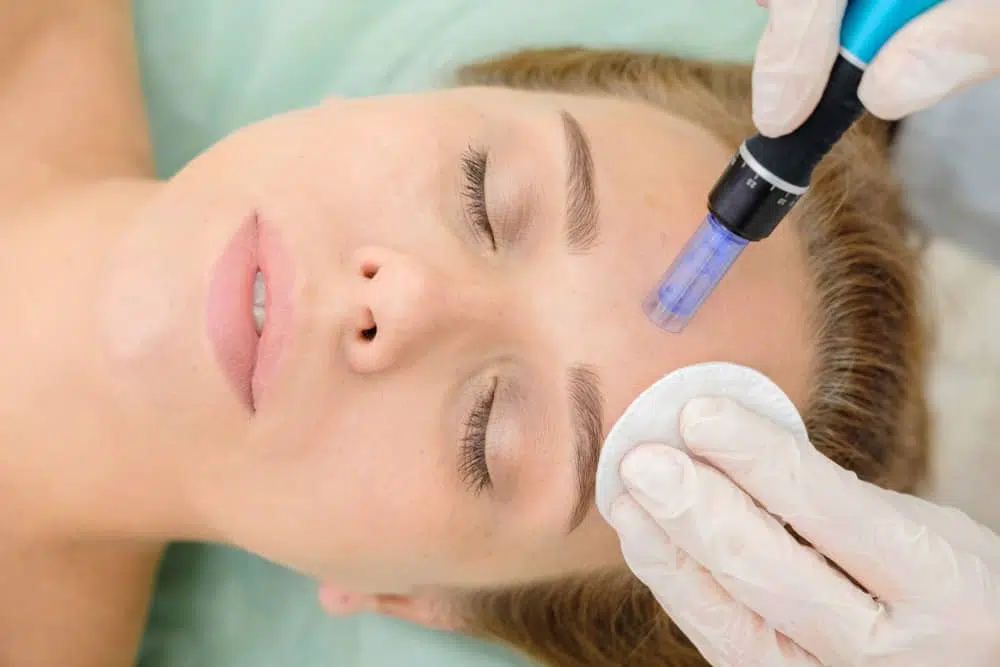Hyperpigmentation 101: Types, Causes, and Treatment

What is Skin Hyperpigmentation?
Skin hyperpigmentation refers to patches of skin that become darker than the surrounding area. This darkening occurs when an excess of melanin, the brown pigment that produces normal skin color, forms deposits in the skin. Hyperpigmentation can affect people of all skin types and can be a result of various factors including sun exposure, inflammation, and certain medical conditions and genetics.
Types, Symptoms, and Causes of Hyperpigmentation
|
Type |
Symptoms |
Causes |
|
Melasma |
Dark, discolored patches on the face |
Sun exposure, hormonal changes (pregnancy, birth control) |
|
Sunspots |
Small, darkened spots on sun-exposed areas |
UV radiation from the sun |
|
Post-inflammatory Hyperpigmentation |
Dark spots following inflammation or injury |
Acne, eczema, psoriasis, skin injury |
|
Freckles |
Small brown spots usually on the face |
Genetic predisposition, sun exposure |
Melasma
Melasma presents as dark, discolored patches commonly found on the face, particularly on the cheeks, bridge of the nose, forehead, chin, and above the upper lip. It is often triggered by hormonal changes, such as those during pregnancy ( another term in this case is called chloasma) or from taking birth control pills, particularly increase of estrogen levels which causes access of melanin in production as well as sun exposure, and in some cases it can also be due to genetics. Melasma can darken during hotter in hotter climate and might appear lighter during winter.
Sunspots
Sunspots, also known as solar lentigines, appear as small, darkened spots on areas frequently exposed to the sun, such as the face, hands, shoulders, and arms. These are primarily caused by prolonged exposure to UVA and UVB rays.
Post-inflammatory Hyperpigmentation
PIH occurs following skin inflammation or injury, resulting in darkened areas or it can appear red where the skin has healed. Healing of post inflammatory hyperpigmentation can take months to heal. Common causes include acne, eczema, psoriasis, and physical injuries to the skin.
Freckles
Freckles are small, brown spots commonly found on the face and other sun-exposed areas. They are often hereditary and become more pronounced with sun exposure.
Skin Treatments for Hyperpigmentation
Topical Treatments
Topical treatments include over-the-counter and prescription creams containing ingredients like retinoids, vitamin C, and kojic acid, niacinamide, tyrosinase inhibitors such as licorice extract. In many cases combination of these ingredients help to lighten hyperpigmented areas by inhibiting melanin production and promoting skin cell turnover.


Dermaceutic Tri Vita C30 with 30% Vitamin C

Emepelle Night Cream with 0.1% Retinol and 0.05% HPR
Chemical Peels
Chemical peels involve applying a chemical solution containing AHA/BHA to the skin, which exfoliates the top layers and allows new, regenerated skin to surface. This treatment can be effective for reducing various types of hyperpigmentation.

Natural Remedies that are effective for reducing Hyperpigmentation
Aloe Vera

Biretix Cleanser with Aloe Vera
Aloe vera is well known for its soothing properties and you probably remember from your childhood getting that accidental sunburn your mother vigorously applying this magic gel over your skin to soothe and cool the skin. Aloe vera has been used for centuries and is well know for reducing inflammation, also Aloe vera contains aloin and aloesin, a natural depigmenting compound that can lighten dark spots. Applying aloe vera gel directly to hyperpigmented areas may help reduce some pigmentation over time.
Turmeric
Turmeric contains curcumin, which has anti-inflammatory and antioxidant properties. Mixing turmeric powder with honey or yogurt and applying it as a mask can help to brighten the skin and reduce hyperpigmentation.
How to Prevent Hyperpigmentation
Sun Protection
Regularly using sunscreen with a high Broad-spectrum SPF, wearing protective clothing, and seeking shade can help prevent sun-induced hyperpigmentation. Sunscreen should be applied daily, even on cloudy days and during winter. And reapplication is just as important. There are chemical sunscreens and physical sunscreens. Active ingredients in chemical sunscreen absorb the UV rays before it can damage your skin, then those rays are released as heat energy form your skin. Chemical sunscreens are great for most skin types and blemish prone skin's. It sit well under the make up as they are lighter in consistency and absorb into the skin a lot easier.
Physical sunscreens work as a topical shield reflecting UV rays from the skin and also know as mineral sunscreens. Often times can be more thicker in consistency and leave a white cast. Also might need to be replied more often when swimming in waters.
Avoiding Skin Trauma
Minimising skin trauma by avoiding picking at acne or other skin lesions and using gentle skincare products can help prevent post-inflammatory hyperpigmentation.
Get Expert Skincare and Professional Treatment for Hyperpigmentation
For personalised treatment options and expert skincare advice, consult the professionals at Skin to Heart. Our experienced team specialises in hyperpigmentation treatment with the latest and most effective methods. Whether you're considering professional treatments or skin care, Skin to Heart offers comprehensive solutions tailored to your unique skin needs. Book your consultation today and take the first step towards achieving clearer, more even-toned skin.
- Tags: pigmentation
0 comments


